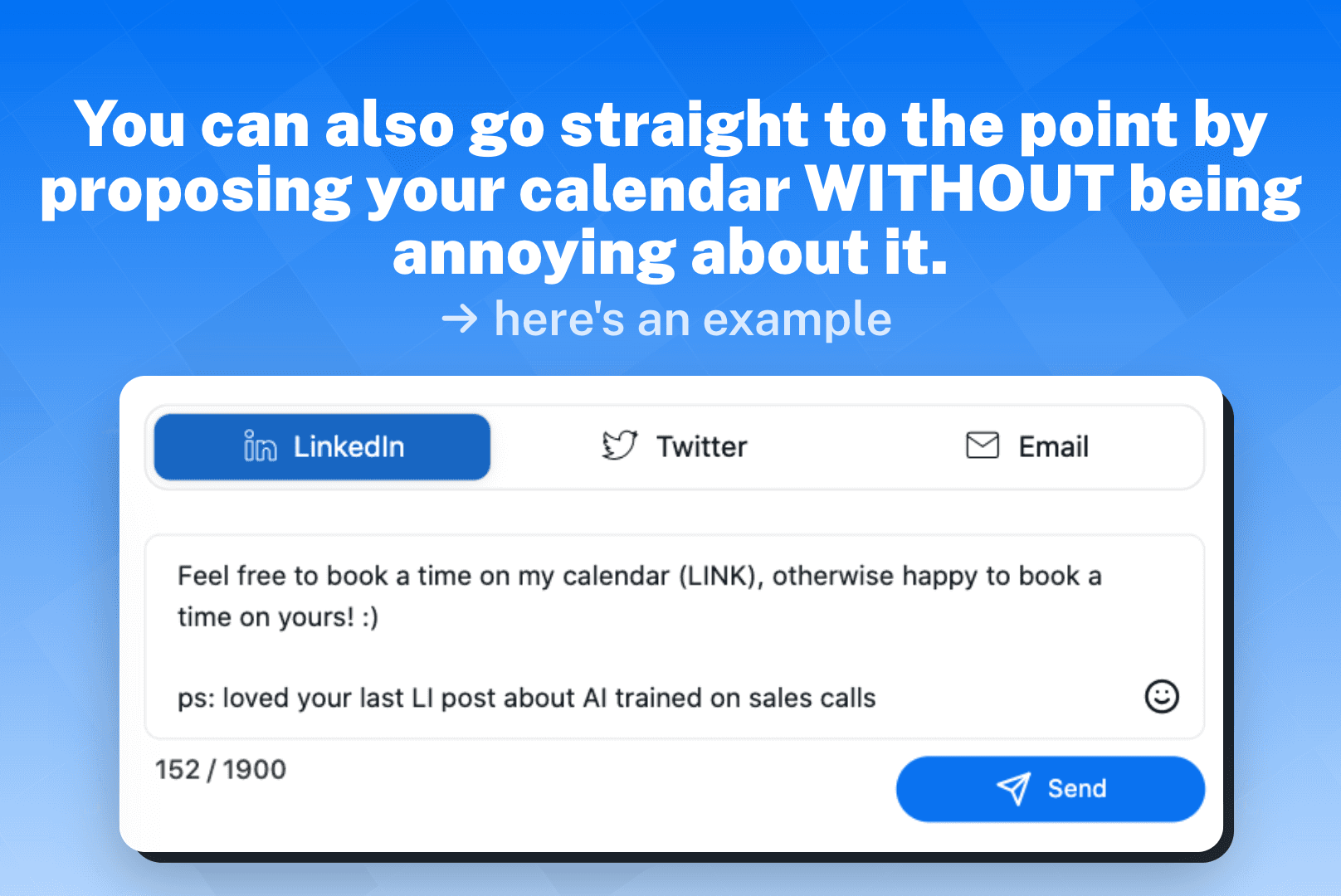
How to Ask for Availability for a Meeting Example?
In the professional world, scheduling meetings is an integral part of daily operations. However, the process of asking for availability can sometimes be a daunting task. This article aims to provide you with comprehensive guidance on how to ask for availability for a meeting effectively.
Understanding the Importance of Proper Scheduling
Before delving into the specifics of asking for availability, it's crucial to understand why proper scheduling is essential. In a professional setting, time is a valuable resource. Efficient scheduling ensures that all participants can attend the meeting without disrupting their other commitments. It also fosters a culture of respect, as it shows consideration for others' time.

Moreover, proper scheduling can lead to more productive meetings. When participants can attend without feeling rushed or distracted, they're more likely to contribute effectively. This can lead to better decision-making and problem-solving within the team.
How to Ask for Availability: Step-by-Step Guide
Step 1: Identify the Participants
The first step in asking for availability is identifying who needs to be in the meeting. This could be a specific team, department, or individual. Once you've identified the participants, you can start to consider their schedules.
Remember, the fewer people in a meeting, the easier it will be to find a time that works for everyone. So, only include those who are essential to the meeting's purpose.
Step 2: Propose Possible Times

Once you've identified the participants, propose a few possible times for the meeting. It's best to provide several options to accommodate different schedules. When proposing times, consider the typical working hours of the participants and try to avoid scheduling meetings early in the morning or late in the day.
Also, consider the nature of the meeting. If it's likely to be long or requires intense concentration, it's best to schedule it for a time when participants are likely to be most alert and productive.
Step 3: Use the Right Communication Channel

When asking for availability, it's important to use the right communication channel. This could be email, a scheduling tool, or a group chat platform. The right channel depends on your workplace's communication culture and the preferences of the participants.
Email is often a good choice, as it allows participants to respond in their own time. However, scheduling tools can automate much of the process and can be a good option for larger groups.
Step 4: Be Clear and Concise

When asking for availability, clarity and conciseness are key. Clearly state the purpose of the meeting, the proposed times, and how participants should respond. Avoid unnecessary details that could confuse the recipients or make the message longer than it needs to be.
Also, be sure to include a deadline for responses. This encourages prompt replies and helps you finalize the schedule more quickly.
Additional Tips for Effective Scheduling
Consider Time Zones
If you're scheduling a meeting with participants in different time zones, be sure to take this into account. Use a tool that shows time zone differences, or propose times that are within the typical working hours for all participants.
Remember, it's not just about finding a time that works – it's also about showing respect for your colleagues' work-life balance.
Be Flexible
While it's important to propose possible times, be prepared to be flexible. Not everyone will be able to make the times you propose, so be open to suggestions and willing to adjust the schedule if needed.
Flexibility also means being understanding if someone can't attend the meeting. If this happens, consider whether there's another way they can contribute, such as by providing input ahead of time.
Follow Up
Once you've scheduled the meeting, be sure to follow up with a confirmation message. This should include the final date and time, as well as any other relevant details such as the location or agenda. This helps ensure everyone is on the same page and reduces the chance of confusion or no-shows.
Following up also provides an opportunity to thank participants for their flexibility and cooperation in the scheduling process.
Conclusion
Asking for availability for a meeting doesn't have to be a daunting task. By identifying the participants, proposing possible times, using the right communication channel, and being clear and concise, you can schedule meetings effectively. Remember to consider time zones, be flexible, and follow up once the meeting is scheduled. With these strategies, you can foster a culture of respect and efficiency in your professional interactions.




























































































































































































































































































































































































































































































































































































































































































































